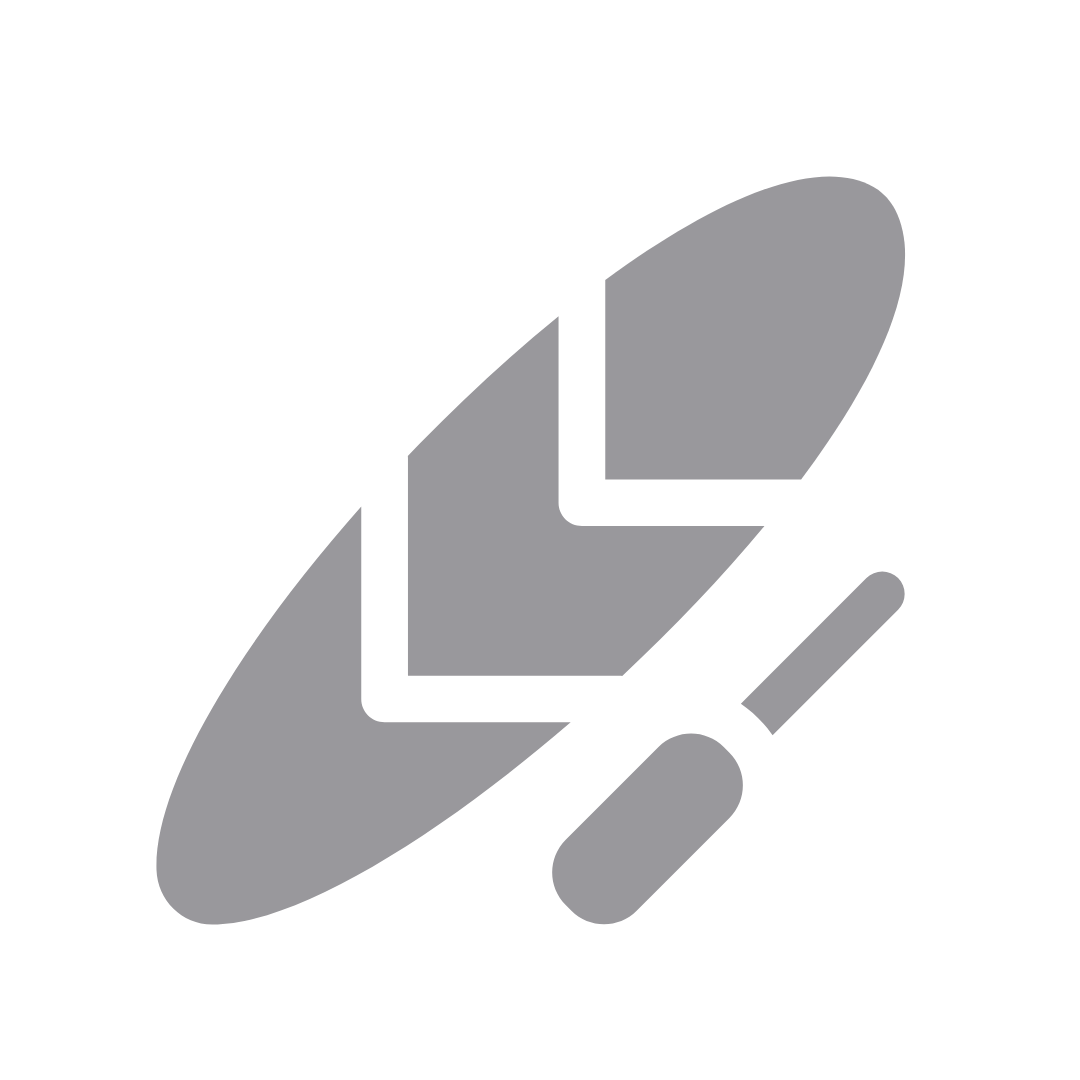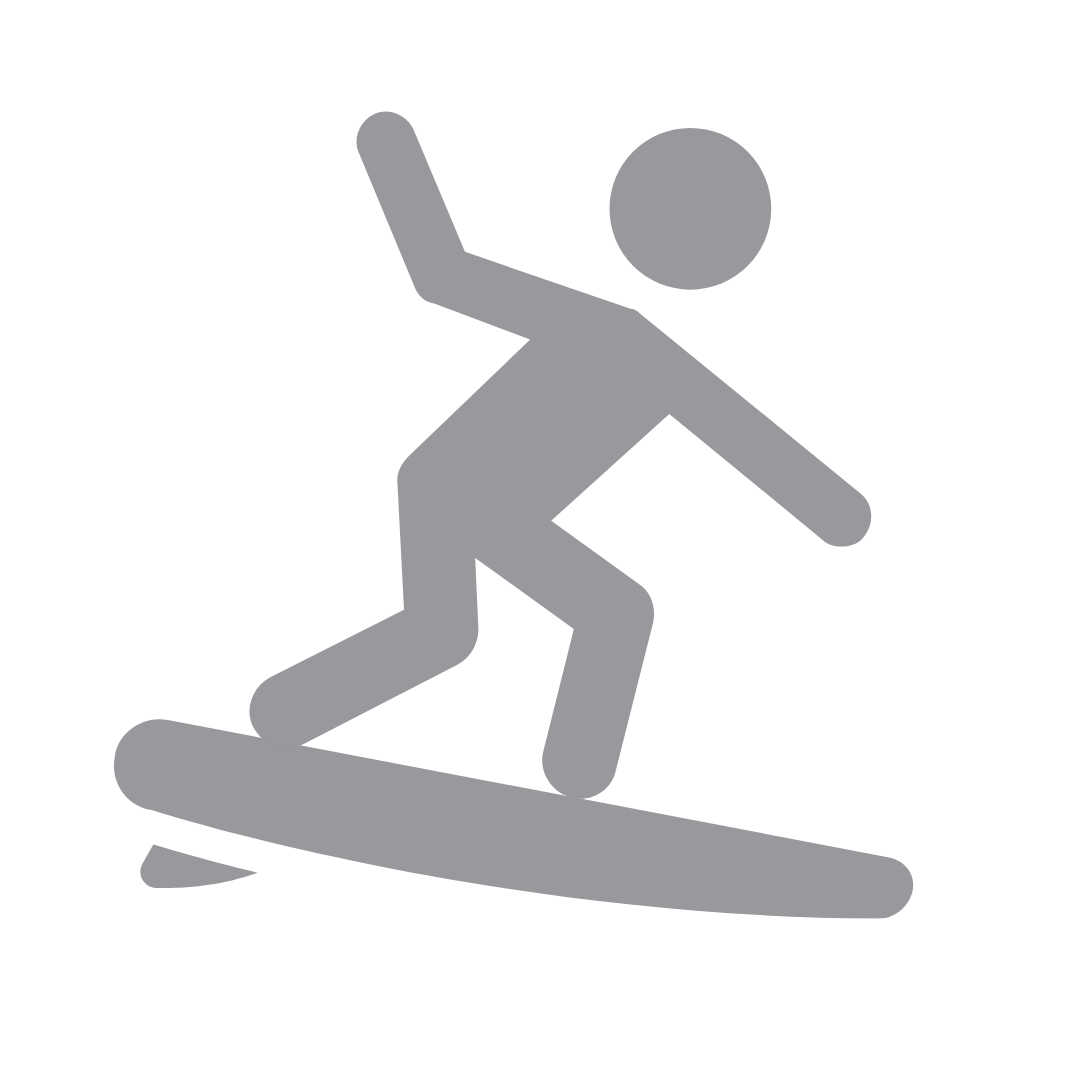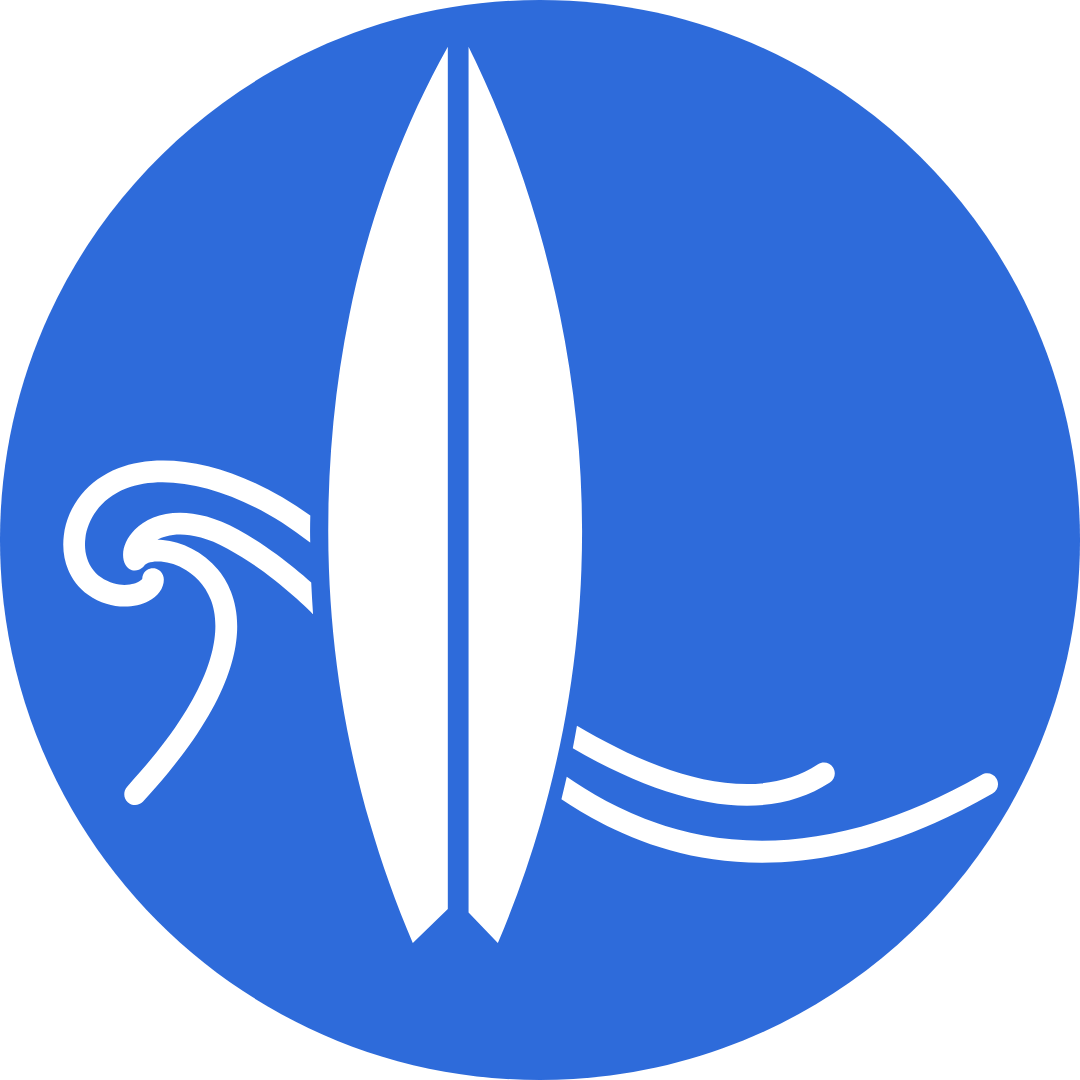Posted by Rick Civelli | 01.05.2011 | Surfing Lessons
Learn How to Surf: 4 Tips For Getting Started The Right Way
Surfing brings joy to millions across the globe, as it has for almost 500 years. Each year, new people try this exhilarating sport in search for a taste of what it’s like to “walk on water.” The feeling of riding a wave sparks a sense of beauty and satisfaction in the human soul and leaves you wanting more. While gliding down the glassy face of a wave, deep connection is felt. Surfers eventually form a relationship with the ocean and begin to understand its movements.
However, this relationship isn’t formed overnight. It takes hours of time in the water, observing waves, currents, winds, and many other factors. Without proper training and instruction, surfing can become dangerous and exhausting. There are obstacles to overcome and rules to play by; learning how to surf is a process. A process that is much more enjoyable when accompanied by personalized professional instruction.
Below are 4 tips for getting started the right way:
TRAINING/CONDITIONING
When beginning to surf, you will discover that about 95 percent of the activity is spent paddling. Depending on water temperature and wave intensity, paddling can be strenuous and exhausting. Without proper physical training, arms, shoulders, and back can quickly turn to jelly. If faced with the situation where a leash breaks, you want the confidence and ability to swim back to the beach safely. The best cross training for surfing is swimming. Swimming works the paddling muscles while engaging the cardiovascular system and building endurance. Open ocean swimming is the best exercise to become more comfortable in the dynamic environment. Swimming laps in a pool is another option for those who aren’t quite comfortable in the open ocean, especially in the middle of the winter. Running, cycling, yoga and stretching are other activities that will benefit a surfer out of the water.
CHOOSING YOUR EQUIPMENT
When selecting a surfboard for your first time out in the water, it’s tempting to select the latest cutting edge pro-model shortboard. You may have seen your favorite surfer riding the same board, performing incredible maneuvers, and pictured yourself doing the same. Save yourself the struggle by selecting the proper equipment to match your skill level. Beginners should start on longboards, preferably with a soft-top and safety fins. Pro Teck Safety fins help prevent getting sliced or cut by the sharp edges. A “Softop” surfboard will be much more forgiving than the typical fiberglass board. This will keep you, and others, safe while learning to maneuver correctly. Longboards are buoyant and wide; this helps with stability and makes catching waves much easier. The leash is another piece of equipment that is necessary at all times when surfing. The leash will not only keep you attached to your main flotation device (your surfboard) but it’s also a law at many beaches, with steep fines as deterrent for violation.
CHOOSING YOUR SURF SPOT
As a beginner, it’s not a great idea to test your abilities at the local surfing hot spot. Large crowds can be intimidating and dangerous to a novice surfer. Start by searching for an un-crowded, gentle break to build your experience in a less stressful environment. Before getting in the water, always assess the conditions and acknowledge any potential threats or dangers. Wave height, winds, currents, tides, bottom contours, and hardened structures, such as piers or jetties, are each factors to take into account when scanning a surf break. Gentle waves, sand bottom, and warm water are the ideal conditions for the beginner surfer. It is always a good idea to get insight from a local surfer or lifeguard when surfing an unfamiliar spot. Other things to be aware of include marine life and water quality. Again, local knowledge and posted signs are the best way to stay informed.
PRACTICE TECHNIQUE BEFORE GETTING IN THE WATER
Without proper instruction, bad habits can form unknowingly. Hours and hours of practicing something the wrong way will leave you exhausted and frustrated. Surfing is achieved through a progression of step-by-step methods, which eventually lead to wave riding. With many details throughout the methodology of surfing, it’s best to receive professional instruction when beginning. Paddling technique, positioning on the board, and pop-ups should all be practiced on the beach before entering the water. This will train your mind and body for the specific movements you’ll need to perform once in the surf. It’s also important to have a firm grasp on surf etiquette before entering the water. This way, everyone has fun and stays safe.
Are you ready to start your journey as a surfer? Or maybe just improve your skills through professional instruction?
WB Surf Camp offers multiple “learn to surf” programs designed for beginners. Throughout our programs, we instill the fundamentals of surfing step-by-step through our proven methodology. Our top-notch, professional surf instructors receive extensive training and are required to pass multiple certification programs prior to the start of each season. We guarantee the utmost quality in your learning experience and are dedicated to meeting the specific goals of each individual, regardless of skill level.









 RENTALS
RENTALS LESSON
LESSON CAMPS
CAMPS ABOUT
ABOUT SHOP
SHOP